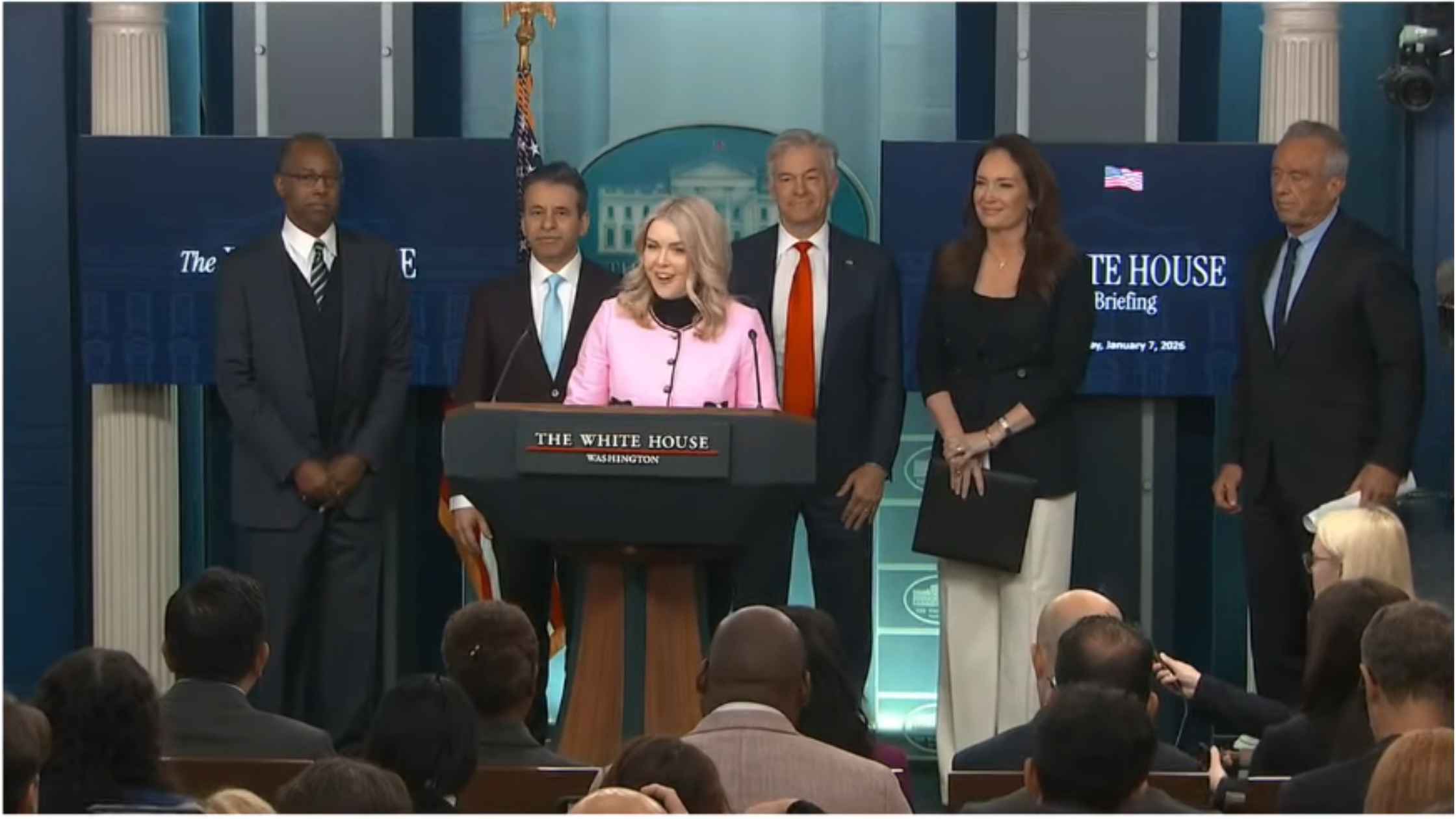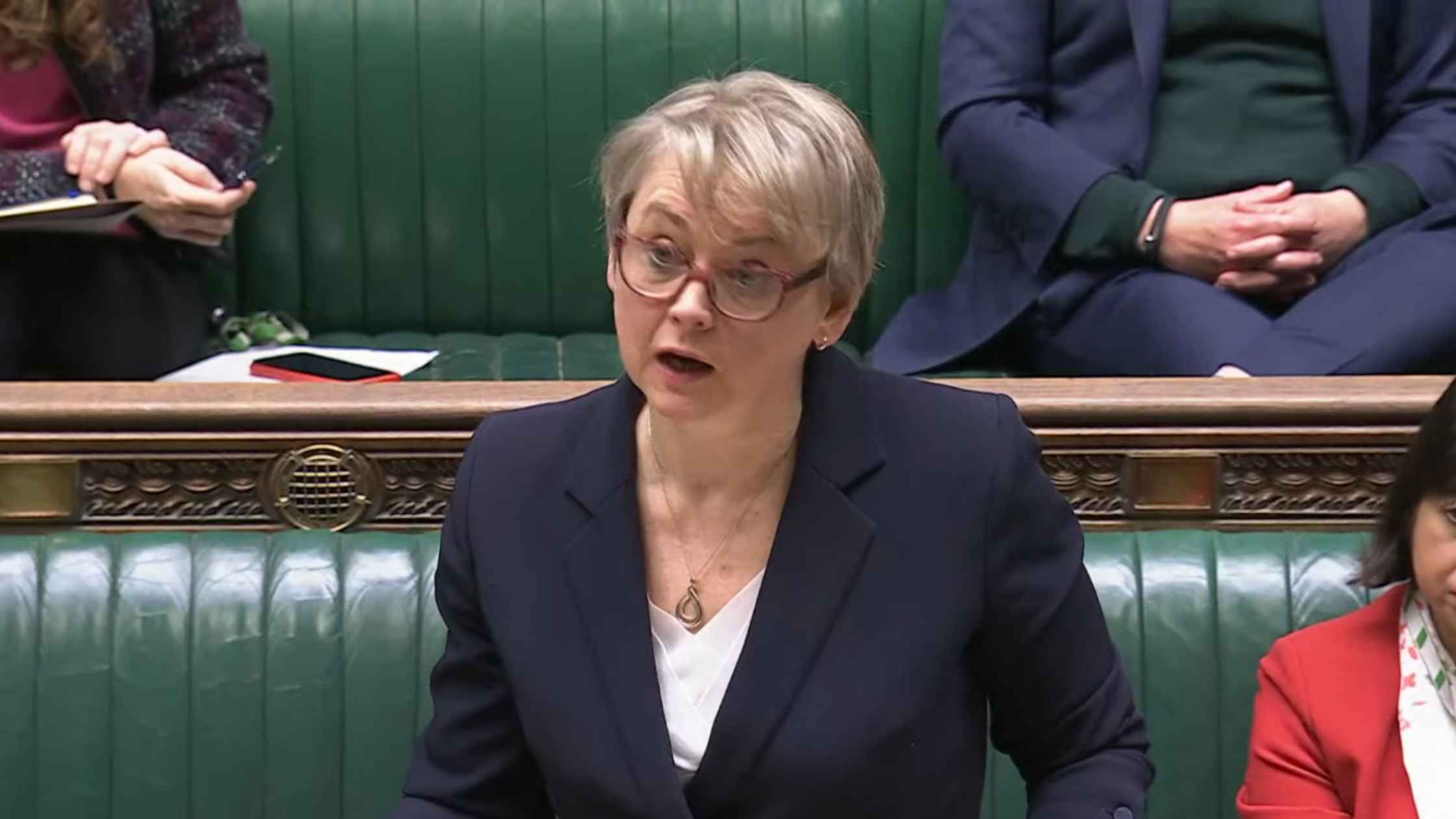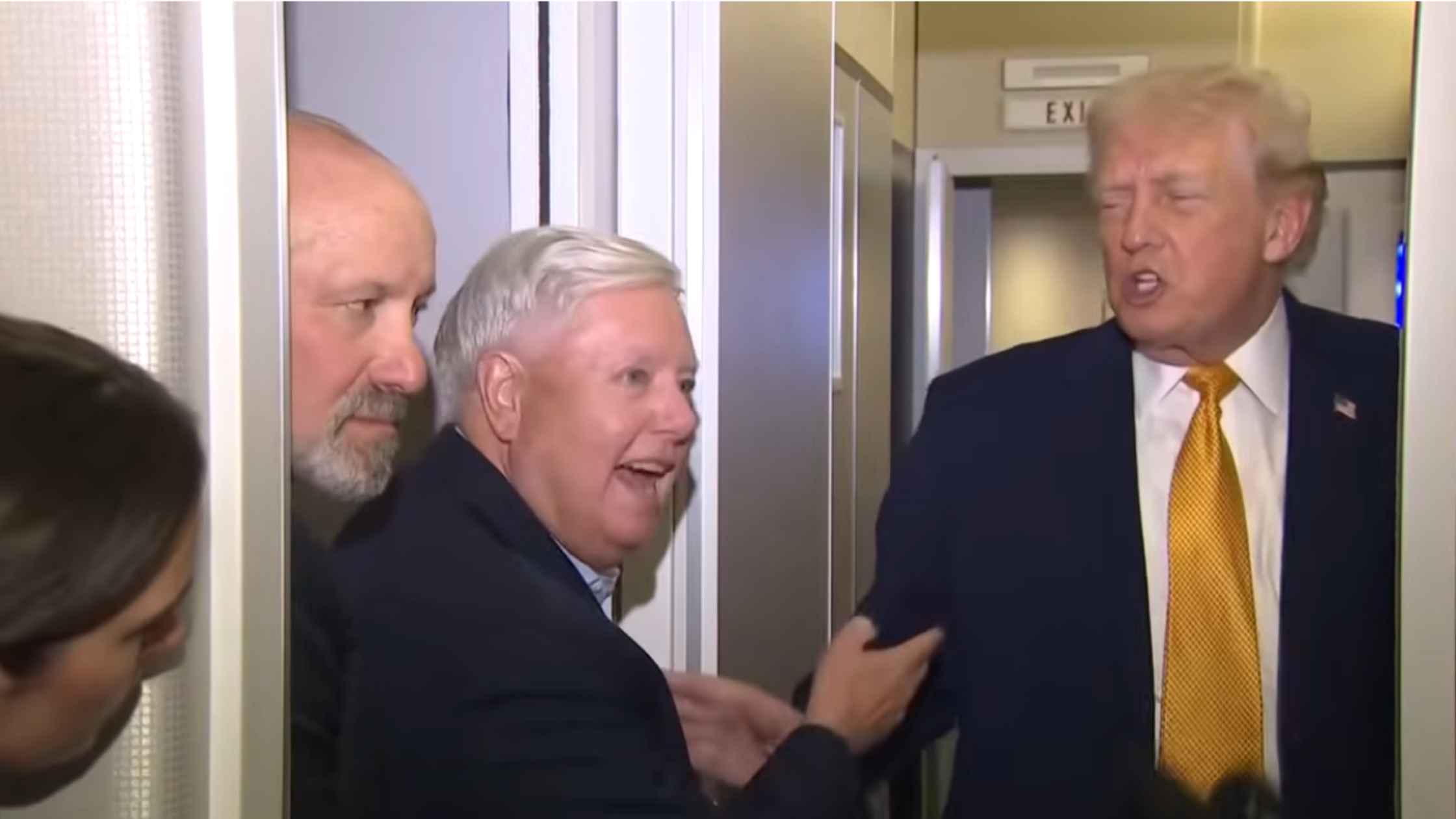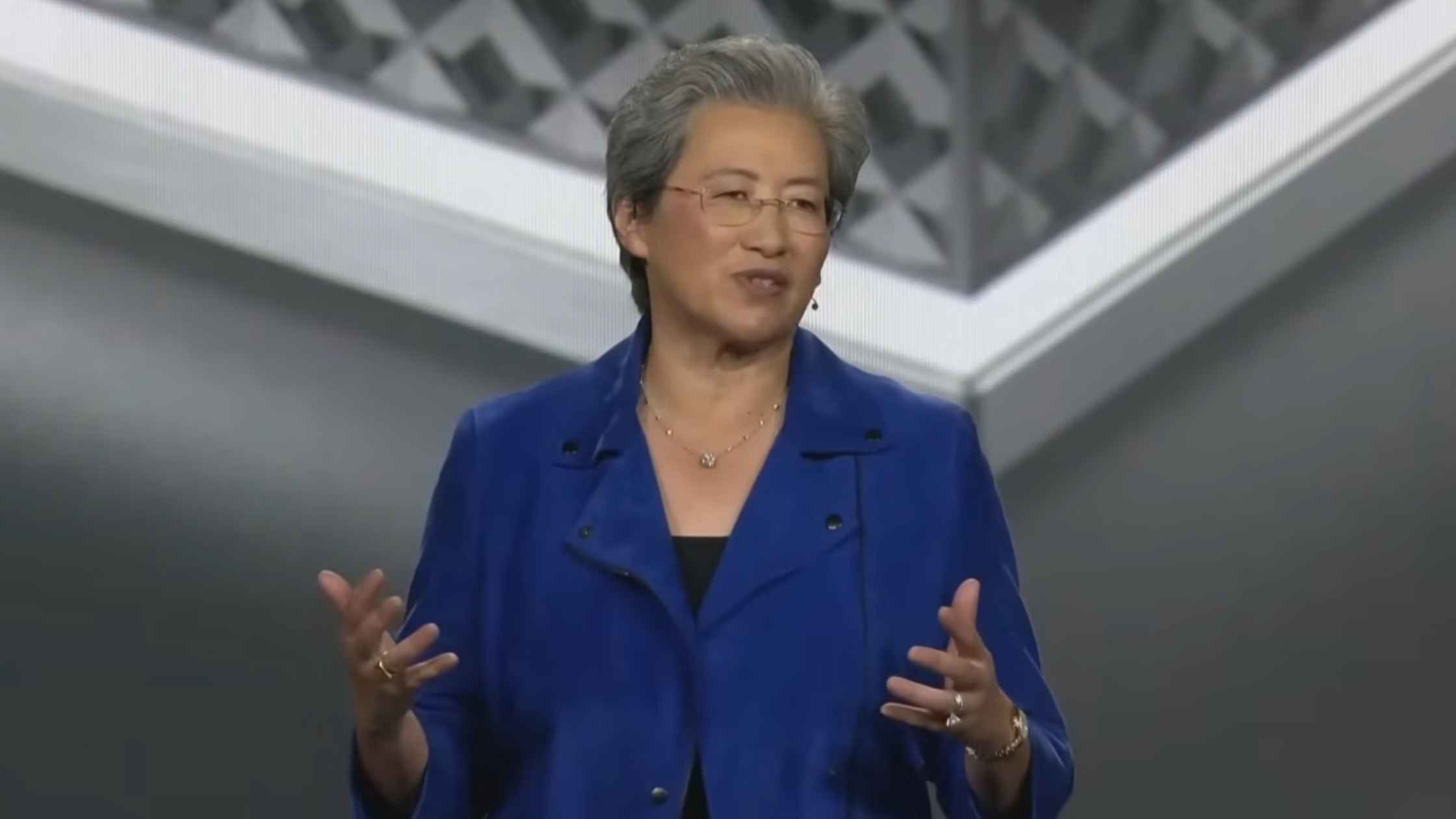Rev’s Transcript Library
Explore our extensive collection of free transcripts from political figures and public events. Journalists, students, researchers, and the general public can explore transcripts of speeches, debates, congressional hearings, press conferences, interviews, podcasts, and more.

Karoline Leavitt White House Press Briefing on 1/07/26
Karoline Leavitt holds the White House Press Briefing for 1/07/26. Read the transcript here.

Coalition of the Willing
Emmanuel Macron, Keir Starmer, Volodymyr Zelenskyy, and Friedrich Merz hold a joint news conference on Ukrainian security. Read the transcript here.

January 6th Anniversery Panel
Hakeem Jeffries, select committee members, and guests hold a panel on the 5th anniversary of the Jan. 6th attack on the Capitol. Read the transcript here.

House GOP Retreat
Donald Trump speaks at a House GOP retreat at the Kennedy Center in Washington, D.C. Read the transcript here.

U.K. Foreign Secretary Makes Statement on Venezuela
U.K. Foreign Secretary Yvette Cooper makes a statement on Venezuela following the surprise U.S. military capture of President Nicolas Maduro. Read the transcript here.

NVIDIA at CES 2026
NVIDIA founder and CEO Jensen Huang speaks at the Consumer Electronics Show in Las Vegas. Read the transcript here.

U.N. Holds Meeting on Venezuela
The United Nations Security Council meets after the U.S. Capture Of Nicolas Maduro in Venezuela. Read the transcript here.

Air Force One Press Gaggle 1/04/26
Donald Trump and Lindsey Graham speak to the press about Venezuela aboard Air Force One on 1/04/26. Read the transcript here.
Subscribe to The Rev Blog
Sign up to get Rev content delivered straight to your inbox.









